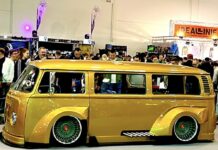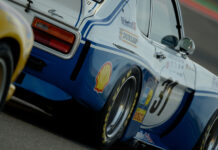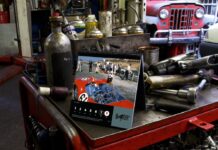Director Joseph Kosinski, whose movies are well known the world over, is the mastermind behind the latest blockbuster featuring Tom Cruise, Top Gun: Maverick. And like almost no other in Hollywood, Kosinski experiences this world of dynamism and speed firsthand. Appointment in Los Angeles with a man full of adrenaline and fantastic ideas.
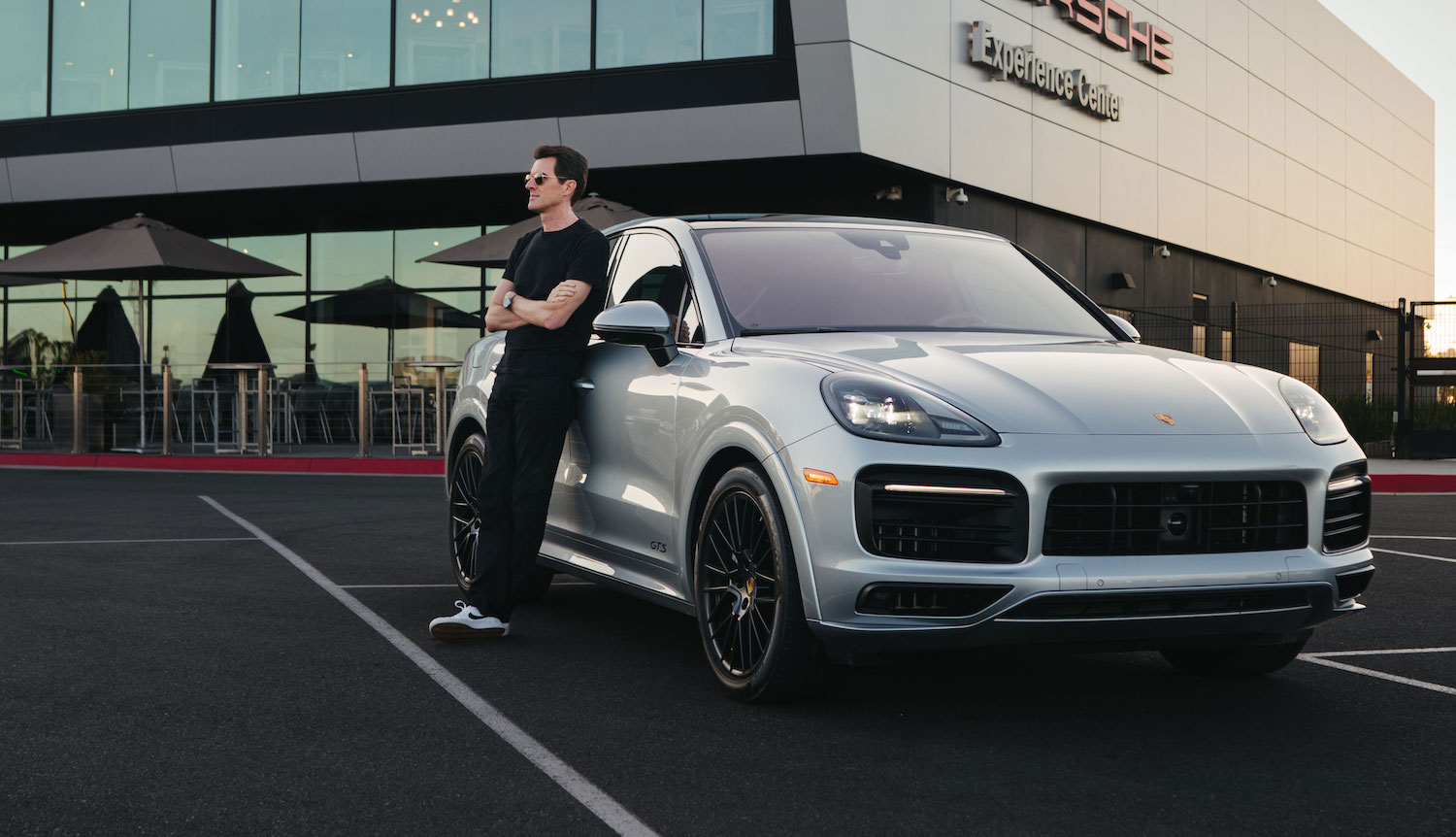
Tom Cruise gives a powerful performance in the blockbuster movie Top Gun: Maverick, which was released in 2022. In one scene, he orders a young pilot he has taken under his wing to “Trust your instincts!” With little time to think, the pilot will need a good dose of self-confidence to survive a highly dangerous mission. Cruise is an extraordinary pilot in real life and not only trained pilots in the movie, but also trained actors during the shoot. Working with navy pilots, he taught them how to withstand forces of more than 7 g and still perform their roles in F/A-18 jets. “It was a huge undertaking,” says director Joseph “Joe” Kosinski, referring to one of the most successful productions in film history. “But the audience won’t take the forces and speeds seriously unless the shots are realistic.”
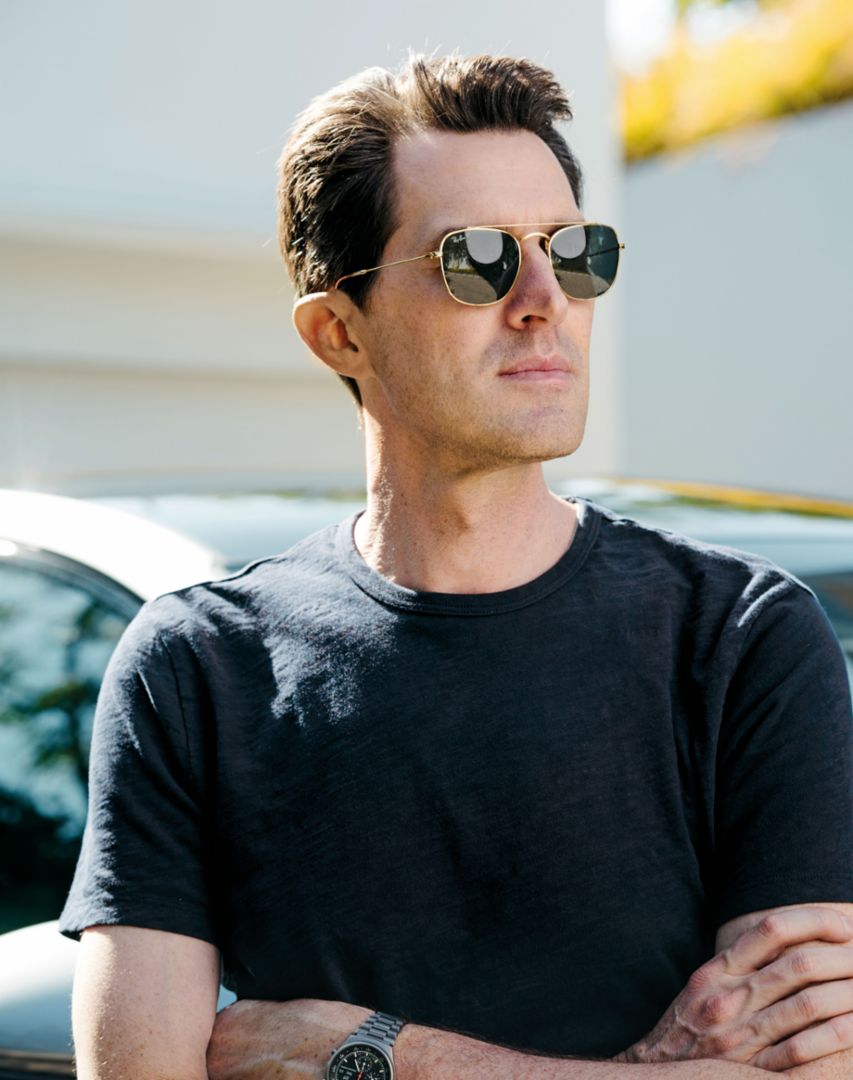
“I’ve always been interested in speed.”
Joe Kosinski
According to the 48-year-old, great cinema requires maximum authenticity – and it’s no different with his new Formula 1 movie. “I’ve always been interested in speed,” adds Kosinski. We’re sitting in his home theater, where he receives Tom Cruise on occasion and more recently Brad Pitt, the star of his motorsport movie under production in 2023. The house is an architectural jewel, and the director a quiet, focused conversation partner. But sitting isn’t one of his strengths. “I’m always moving. I don’t do well on vacation.”
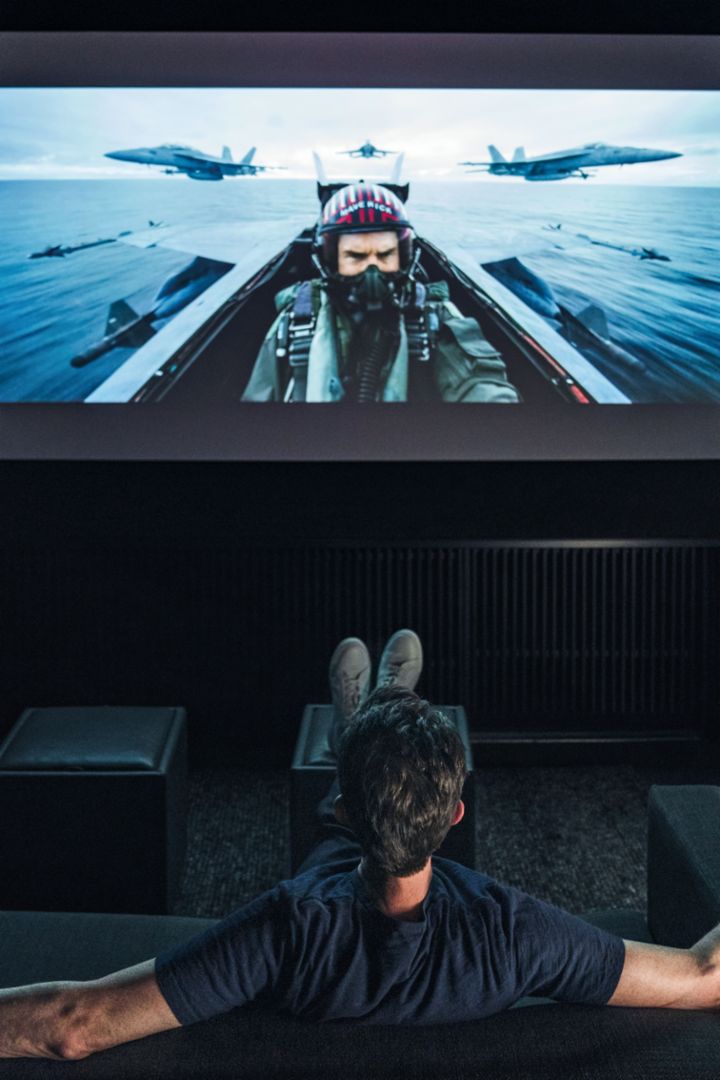
He originally wanted to build race cars and even dreamed about it under his Porsche 959 poster in his childhood room, which is why he studied mechanical engineering and aerospace at Stanford University in California. But he only earned a bachelor’s degree, as a professor recognized Kosinski’s keen eye for design and recommended architecture instead, which he studied for three years at Columbia University in New York, traveling the world from there.
He admired Antoni Gaudí’s work in Spain, the futurism of Erich Mendelsohn’s Einstein Tower in Potsdam, Germany, and in particular Frank Lloyd Wright’s architectural legacy at home. He also expanded his studies to include music, which is in his blood. “My grandfather was a jazz trumpeter, my mom a concert pianist.” He played piano as a three-year-old and then switched to saxophone at the age of ten. Like his grandfather, Kosinski played in a band – primarily classic jazz: Charlie Parker, Miles Davis, and the like. “But I was smart enough to realize that I didn’t have the talent for a professional career.” Still, his musical knowledge helps him today when he works with the world’s best film composers, including Hans Zimmer, who he collaborated with on Lady Gaga’s Hold My Hand for Top Gun: Maverick, for example. French duo Daft Punk was nominated for a Grammy for its soundtrack to Kosinski’s 2010 cinematic debut, Tron: Legacy. “Music can have an overwhelming emotional effect,” emphasizes the filmmaker. “That makes it just as important as the shots.”
Authentic:
Just like Top Gun character Maverick, Kosinski relies on the Chronograph I by Porsche Design.
Kosinski’s career in filming kicked off during his studies in architecture in New York – when he began producing his first short films. The Desert House flick was just two minutes long, but still managed to win over marketing experts at Nike. Soon thereafter, Kosinski filmed his first of many high-speed commercials.
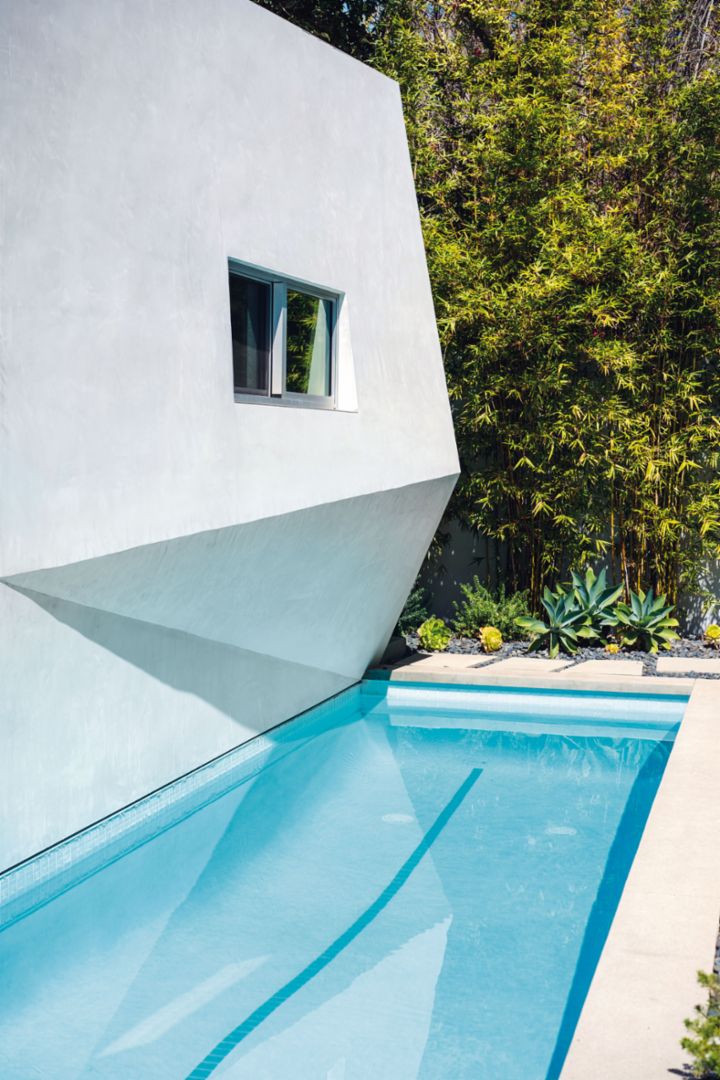
Two of his cinematic successes are sequels: science fiction film Tron: Legacy and, of course, Top Gun: Maverick. Does the Formula 1 movie look to past films for guidance? “For inspiration, definitely,” says Kosinski. For him, the 2010 documentary about Ayrton Senna is the best motorsport movie of all time. “That’s because of its accuracy. It shows you better than anything else what it’s like to compete in Formula 1 races.” He also considers the 1966 movie Grand Prix to be a cinematic milestone.
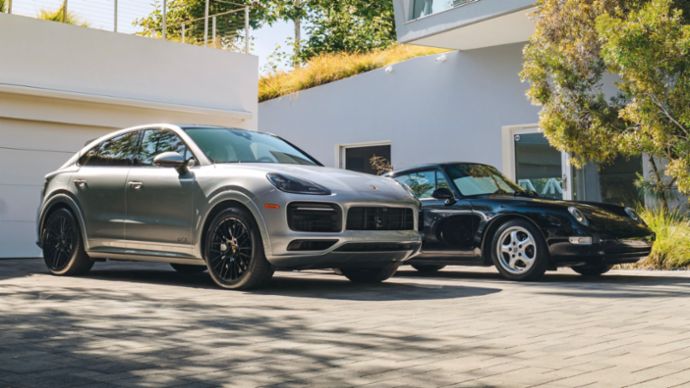
“The plot, including the love story, is fictional, but John Frankenheimer filmed during real races with real drivers,” explains Kosinski, praising the US director’s pioneering work. “He developed a camera that could be mounted on a race car and even rotated. For me, that movie is still one of the most groundbreaking feats of engineering in film history, which we now build on today. We were successful with special cameras in jets, and can go even further technologically for the Formula 1 movie.”
Los Angeles:
Architecture combines with engineering.

Speed is not the only element that connects his movies. Kosinski’s work often reflects his childhood enthusiasm for cars and his passion for Porsche. “The DNA of a Porsche is much like a movie when you can immediately tell who directed it.” He purchased his first model, a 718 Cayman S, at the age of 33. “The mid-engine made for a fantastically balanced car! But when our first son was born, I bought a 911 Carrera S, type 997.” Additional 911 would follow. “The best was the 911 Turbo, type 991,” he says.
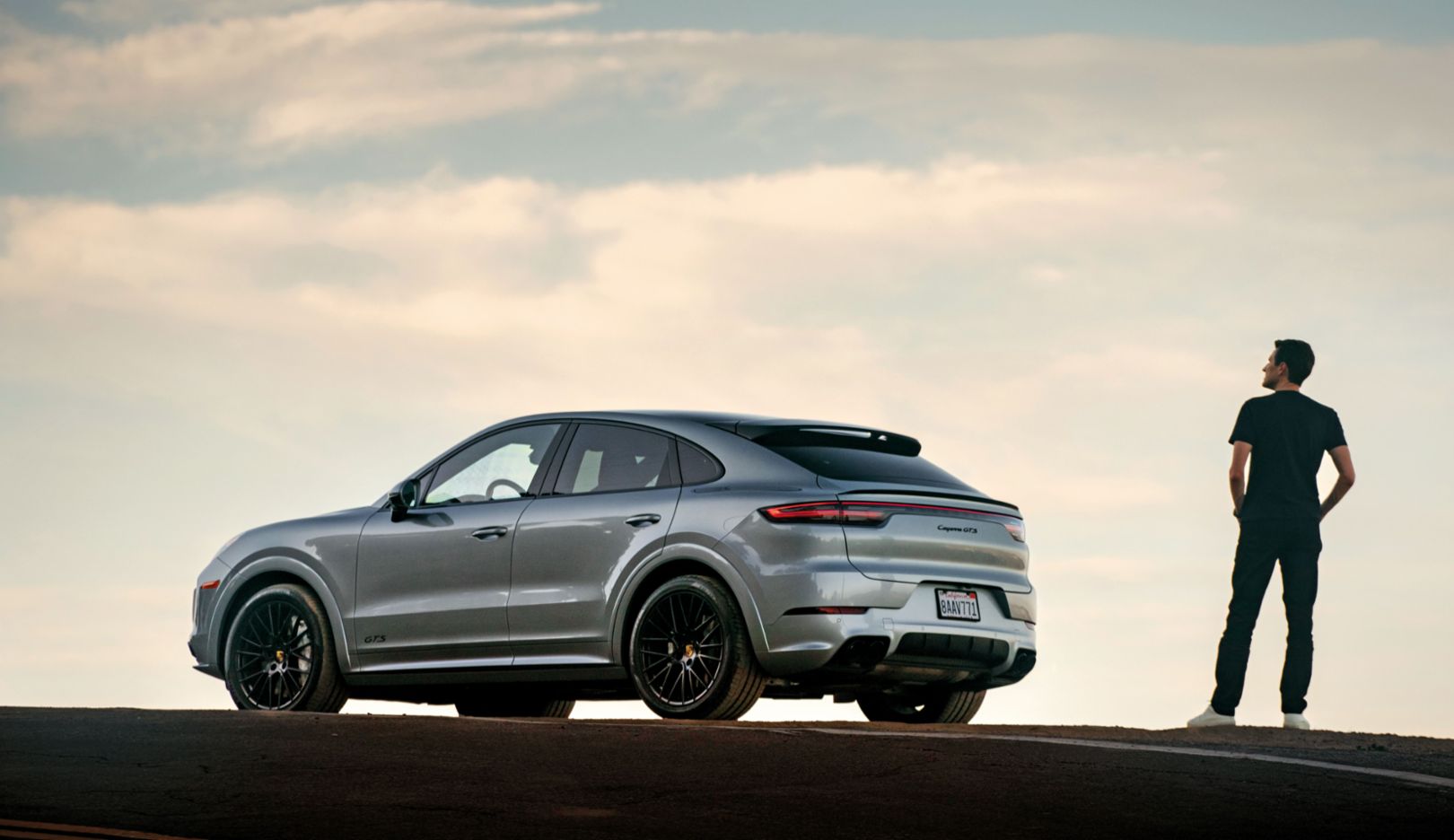
“I spent an eternity selecting the equipment and had to wait half a year for it.” That was in 2017. But the joy didn’t last for much more than a year. “A parking garage employee was racing the Turbo and collided head-on with one of his coworkers on the ramp.” It if were a movie, it would be a comedy. In reality, the loss is still painful to this day.
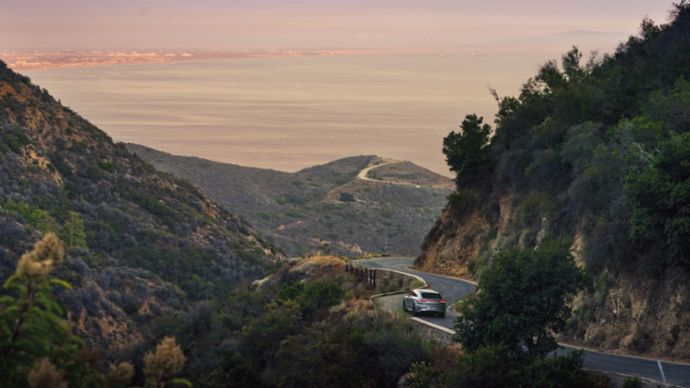
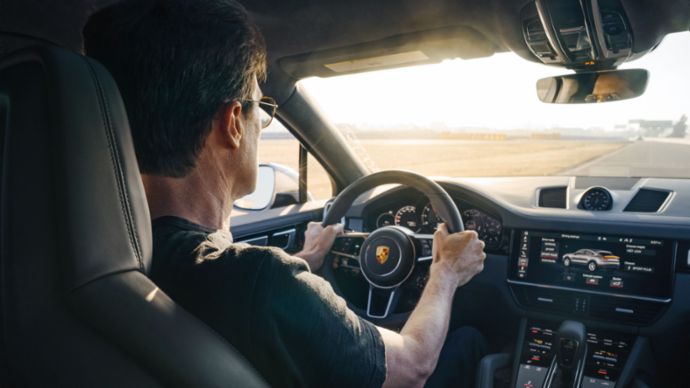
Film quotes:
Even the director’s favorite stretch of road is reminiscent of a cult film – Mulholland Highway in Malibu – David Lynch made the road world-famous in his mystery thriller Mulholland Drive in 2001. Kosinski quotes his own movie – the iconic Porsche scene in Top Gun: Maverick – in the Santa Monica Mountains.
Kristin and Joe Kosinski now have two sons – twelve and eight years of age – and a two-year-old daughter, all of whom fit inside the Cayenne GTS Coupé. Next to it is a 911 Carrera Coupé (993) built in 1996. “The car is compact and lightweight. I love the sound of the air-cooled engine and can tinker around with it myself.” Most of all, he enjoys driving his classic car on the windy Tuna Canyon Road, which is the only one-way canyon road in California. “And on Mulholland Highway in Malibu, I appreciate the confidence of the Cayenne.” The aficionado trains at the Porsche Experience Center every few months and is already looking forward to the 911 GT3 with Touring Package he ordered. But things really pick up pace when he climbs into the cramped cockpit of a new monoposto in preparation for his next movie. “I want to understand the driver’s perspective before the crest of a curve.” Brad Pitt already drives in Formula 2. “This movie needs to be authentic, too,” explains Kosinski. Seven-time world champion Sir Lewis Hamilton is on board as an advisor and producer. “And we’re working closely with the Formula 1 management, which is comparable with the navy collaboration.” Kosinski is willing to reveal a key element of the plot: “The story is about disruptive outsiders.” Brad Pitt plays a former race car driver, an up-and-coming star in the 1990s who lost his chance at success. Decades later, he returns as the leader of a team of underdogs. The technical team leader is female.
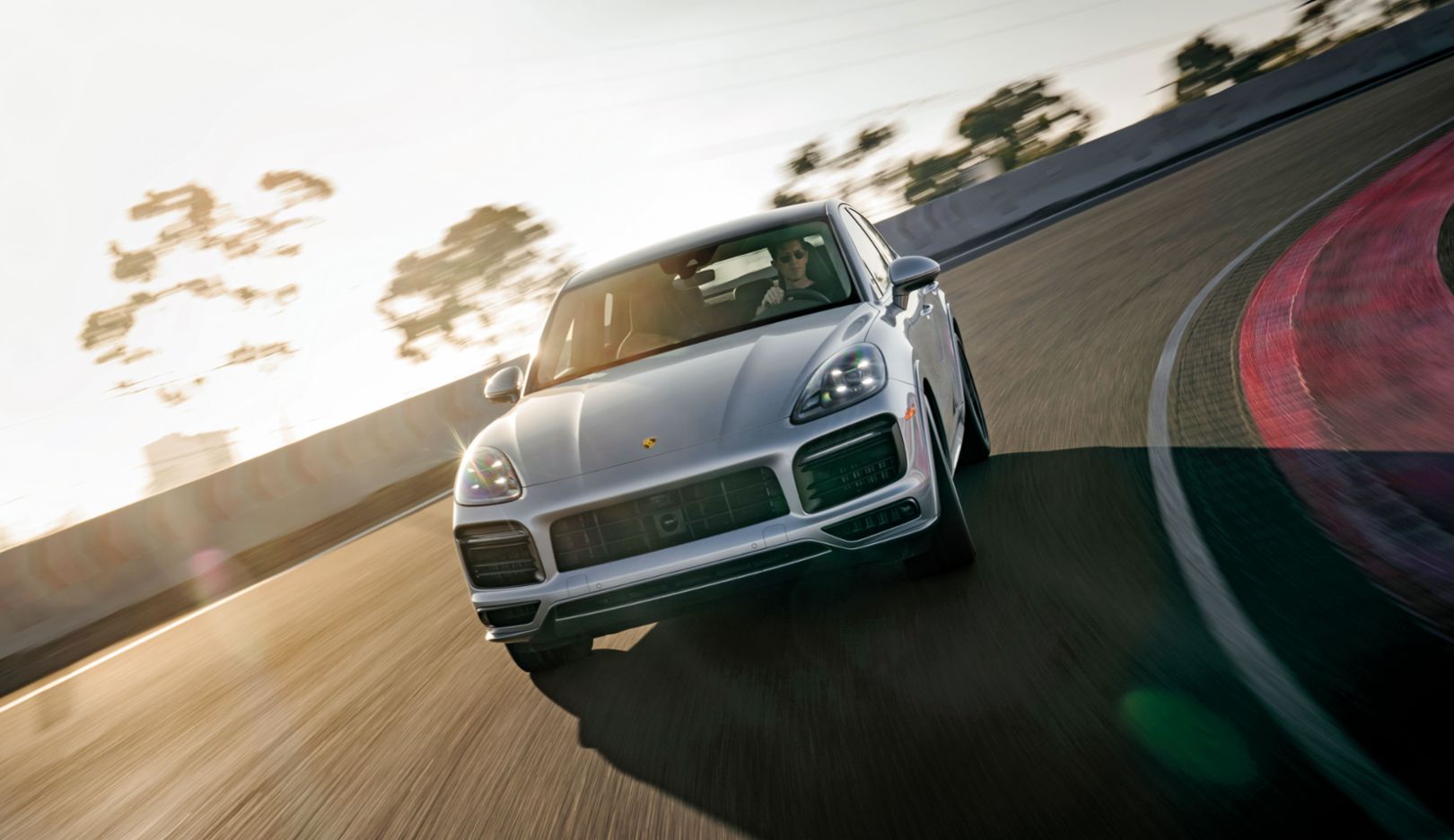
Energy:
Whether it’s in the Cayenne at the Porsche Experience Center in LA or in the Formula 2 car, speed is always there.
Strong women are important to the American. In addition to female Top Gun pilot Phoenix, who he always had fly with real, female navy pilots, he also created the character of Penny Benjamin for the box office hit. “An independent businesswoman and proficient sailor who can keep pace with Maverick.” At the romantic end of the movie, Penny drives up in her sports car, the 911 S built in 1973, which is more than a homage to the 356 Speedster from the first Top Gun movie. “The scene with Jennifer Connelly and Cruise had to be an iconic Top Gun moment,” explains Kosinski. “I definitely wanted to use one of the most beautiful Porsche models ever built.” The shots are personal like Kosinski’s signature. It’s no coincidence that he and the car come from the same year.
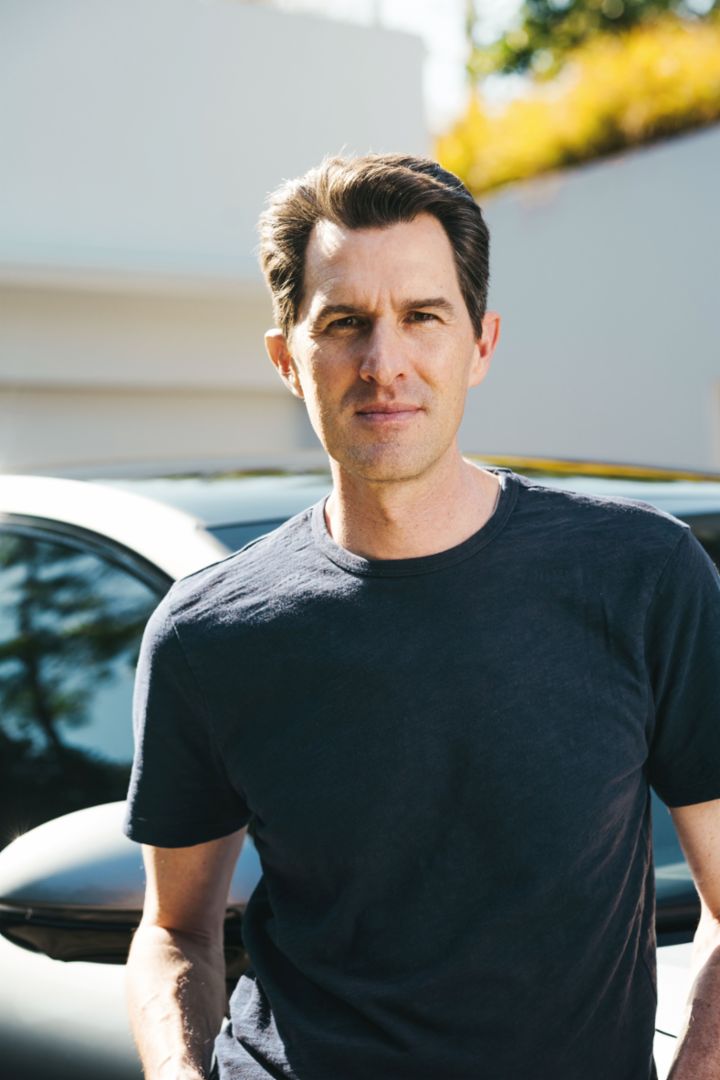
Outlook:
The next high-speed movie is already raring to go.
The characters he creates are consistent and captivating, and offer a welcome contrast to absolute superheroes. The Formula 1 movie should be successful in the same way. “We talk about the unique interdependencies between technology, driving talent, and business, which we want to communicate – along with the brutal speed.”
Everything he’s ever done is now paying off for Kosinski: his expertise in automotive engineering, aerodynamics, and music – paired with his passion for cars and speed. “I didn’t become a director through film school, which is very lucky for me,” he says, reflecting on his varied career. Time for a discreet glance at his watch – Kosinski is wearing the black Chronograph I by Porsche Design, just like Maverick in the movie. Even in the new production, he has to make key decisions at the drop of a hat and manage highly stressful situations with precision, which he’s able to do because he trusts his instincts. Just like his characters on the silver screen.
Report by Heike Hientzsch for Porsche.com (first published on christophorus.porsche.com)
Photos by Linhbergh Nguyen



















